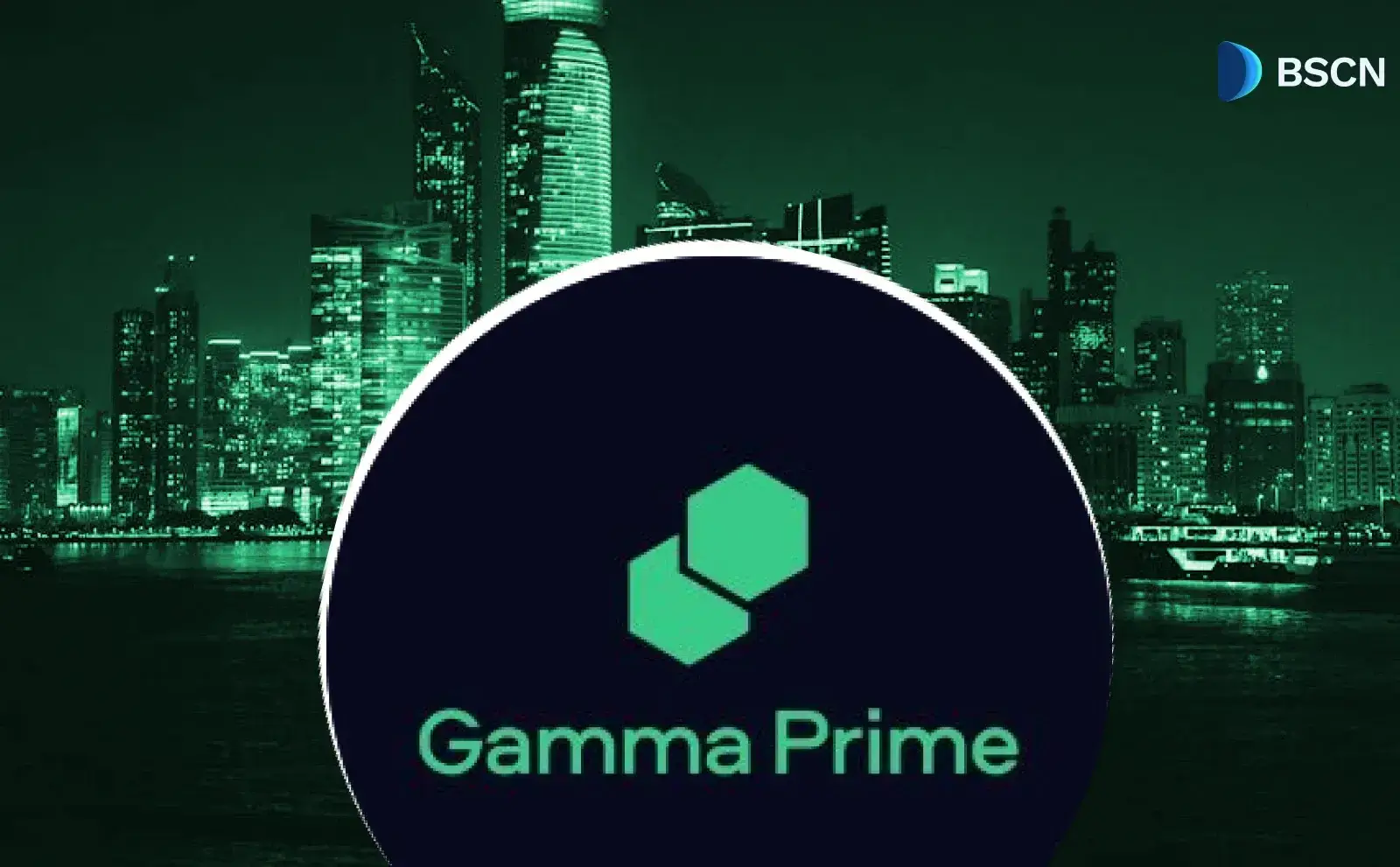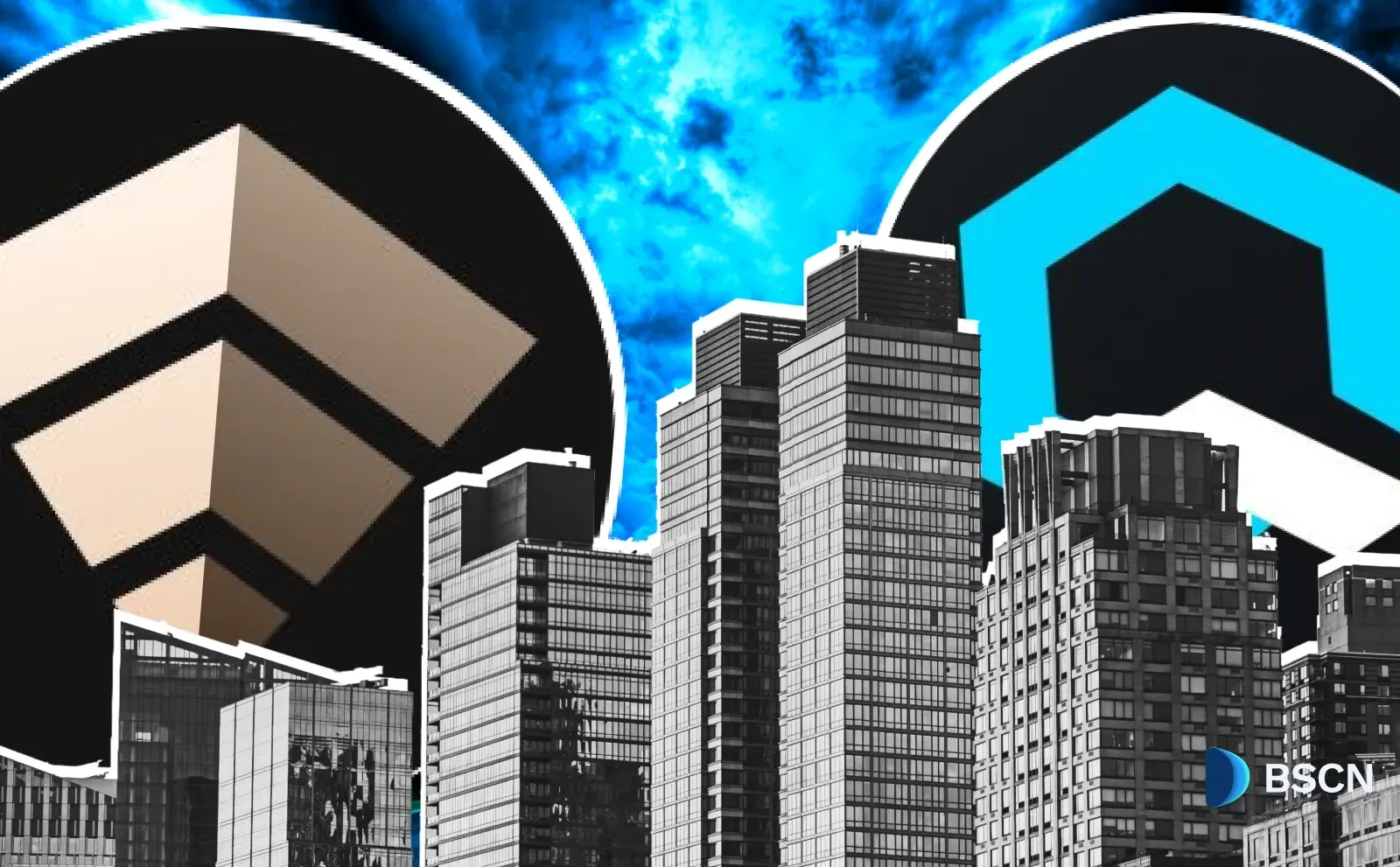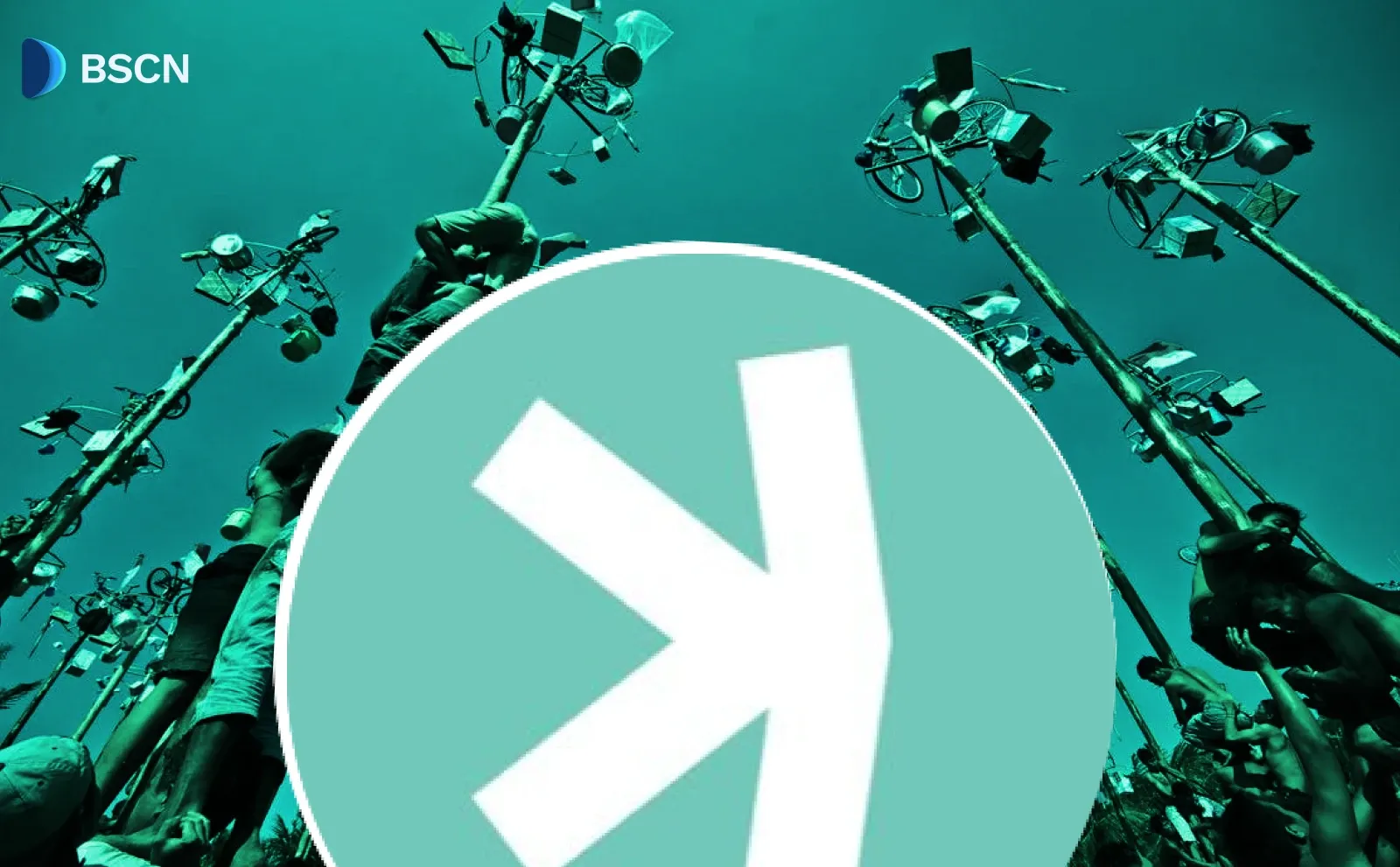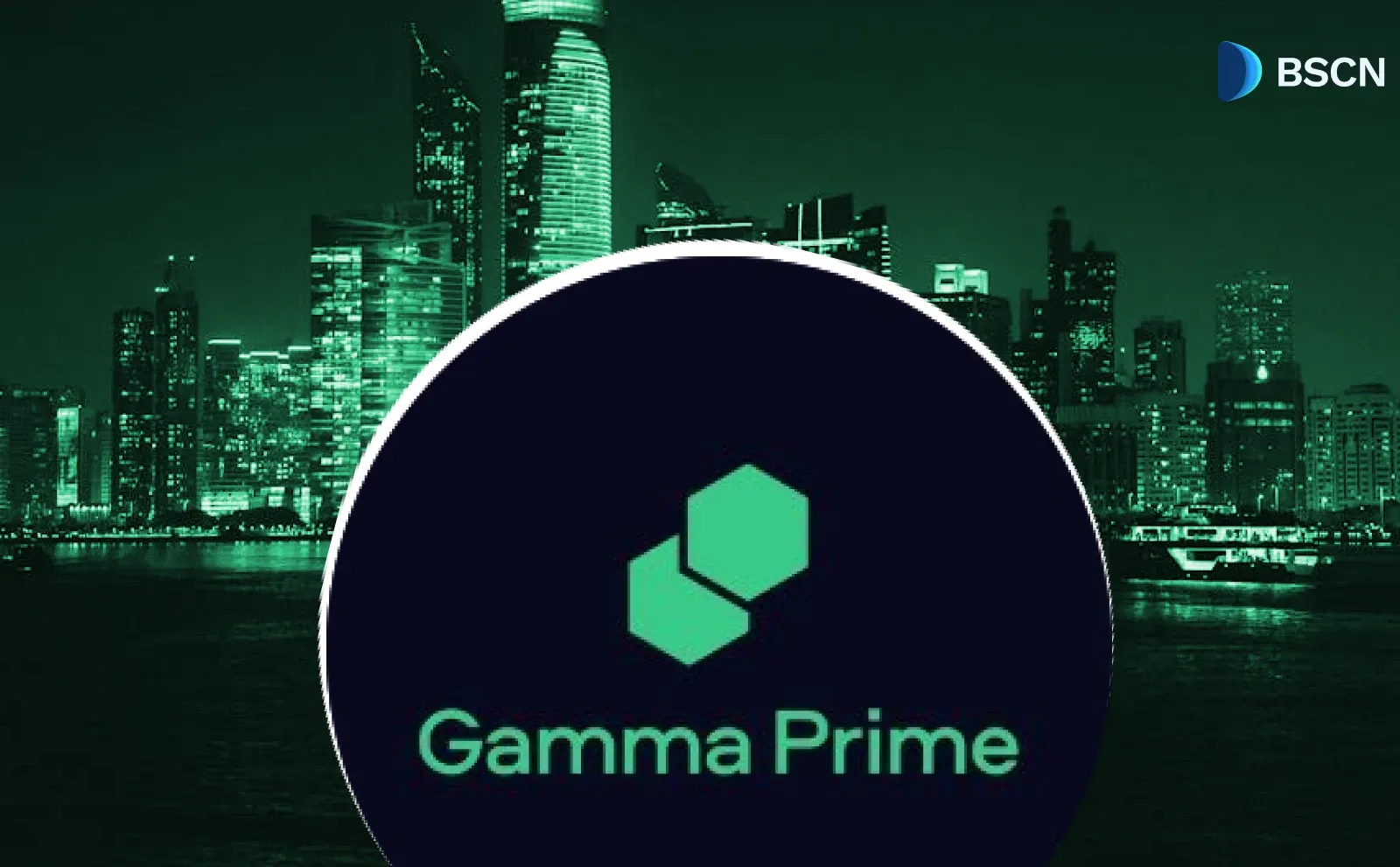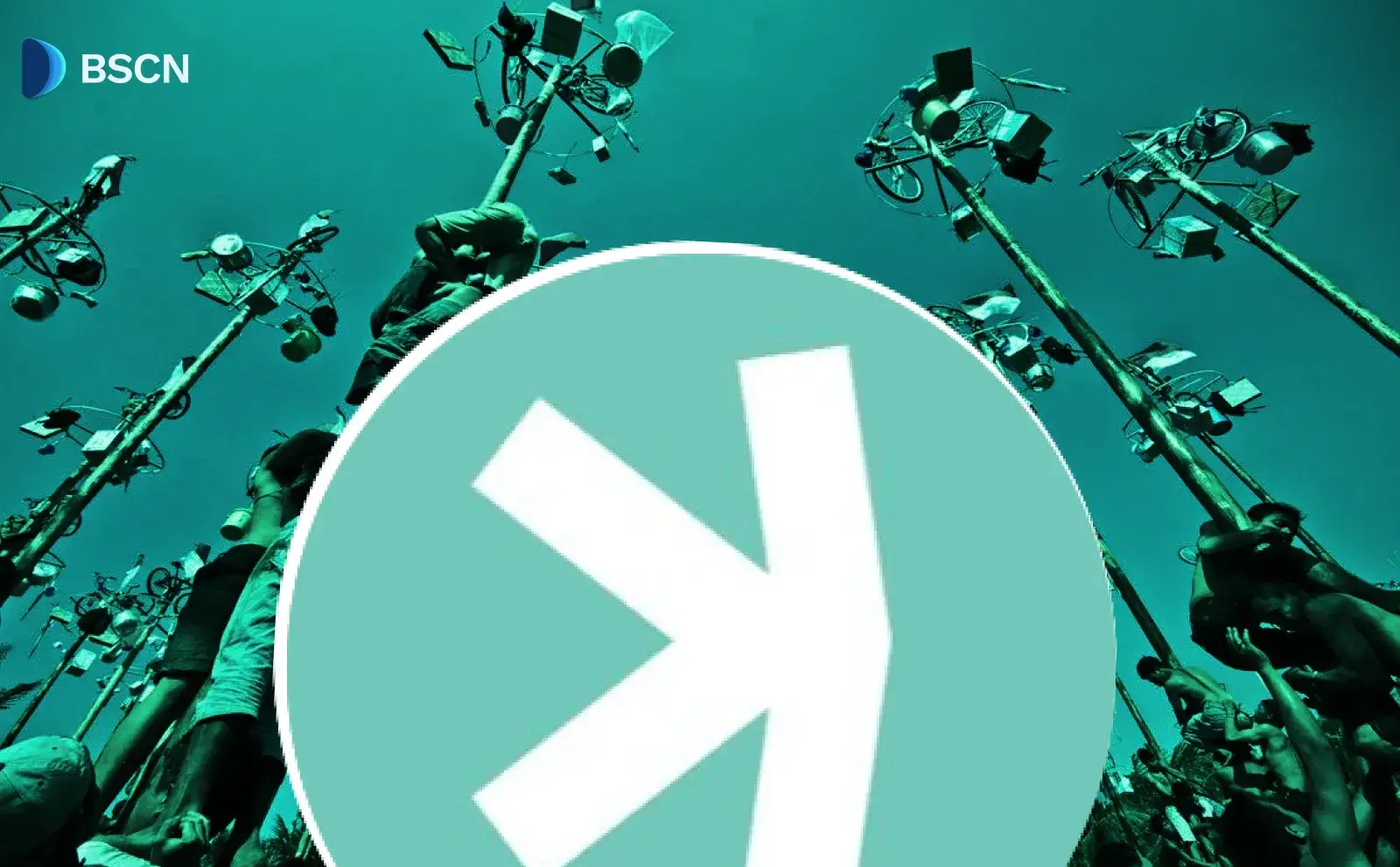News
(Advertisement)
What Is Kaspa DAGKnight? A Complete Guide to Kaspa’s Upcoming Consensus Upgrade

Kaspa DAGKnight explained in simple terms. Learn how it improves speed, security, and finality with a parameterless adaptive consensus model.
Soumen Datta
November 28, 2025
(Advertisement)
Table of Contents
What Is Kaspa DAGKnight?
Kaspa DAGKnight is an upcoming consensus upgrade that makes Kaspa faster, more secure, and easier to scale. It replaces fixed confirmation rules with a system that adapts to real network conditions in real time. This allows the network to confirm transactions faster, remain secure during delays, and handle much heavier traffic.
DAGKnight builds on Kaspa’s existing GHOSTDAG protocol and introduces a parameterless, self-stabilizing method for ordering blocks. The result is a system that can reach sub-second finality and maintain 50% Byzantine fault tolerance even during network stress.
Kaspa’s developers expect DAGKnight to help the network support high-throughput activity and lay the groundwork for smart contracts and other order-sensitive systems.
Why Was DAGKnight Created?
Blockchain networks often rely on hardcoded assumptions about network delay. These assumptions help keep the network safe but slow down confirmation times. For example, Bitcoin uses a fixed delay that leads to 10-minute blocks. This protects the chain during periods of latency, but it also limits real-world use as a fast payment system.
Kaspa wanted a way to remove these assumptions and replace them with a system that measures real latency directly. DAGKnight is designed to do this by evaluating actual network behavior instead of working with estimates.
The idea is: if the network is healthy, confirm blocks quickly. If latency spikes or an attack occurs, slow confirmations are just enough to stay secure.
This approach requires no fixed value and avoids the need to guess how fast or slow the network might behave in the future. It also reduces the risks that appear when an attacker tries to exploit unpredictable delays.
How Does DAGKnight Work?
DAGKnight continuously evaluates the state of the network by analyzing groups of blocks within the DAG. These groups, known as k-clusters, help the protocol measure the current delay and determine the safest way to order blocks.
When DAGKnight detects healthy conditions, it confirms blocks faster. When the network is slow, it increases the number of confirming blocks to maintain security. This happens automatically.
Key features that define DAGKnight:
- Parameterless confirmation
- Adaptive, self-stabilizing behavior
- Sub-second finality under normal network conditions
- Higher resilience during congestion
- 50% Byzantine fault tolerance
- Direct support for high-throughput systems
- A foundation for smart contract development on Kaspa
This combination allows DAGKnight to outperform traditional linear chains that depend on a single path of blocks.
Why Remove Fixed Parameters?
A fixed parameter forces a blockchain to assume a delay that may not match real network behavior. If the assumption is too high, the network becomes slow. If it is too low, the network becomes unsafe during periods of stress.
Blockchain history shows:
- Bitcoin prioritizes safety through long block intervals but sacrifices speed.
- Classical BFT systems prioritize consistency but cannot handle long network partitions and are limited to one-third fault tolerance.
- Ethereum attempted a hybrid model but still requires fixed assumptions to operate safely.
Kaspa’s solution is a protocol that reacts to conditions instead of predicting them.
How DAGKnight Improves Block Ordering
DAGKnight enhances GHOSTDAG by choosing the most secure k-cluster that covers at least half of the honest network. This ensures that the ordering of blocks remains safe even if the network behaves unpredictably.
When the network is fast, blocks confirm quickly. When delays are high, DAGKnight adjusts by increasing the confirmation window. This flexibility is the reason the system can remain stable during congestion.
A real-world comparison helps: Consider a traffic control system that reacts to actual road conditions instead of using a fixed timer for every light. When roads are clear, lights shift quickly. When traffic builds up, the system slows transitions to prevent accidents. DAGKnight applies a similar adaptive logic to block ordering.
Can DAGKnight Resist Attacks?
DAGKnight is designed with 50% Byzantine fault tolerance, which is the highest bound achievable in a partially synchronous model. This level is higher than the limits faced by classical BFT models, which cannot exceed one-third fault tolerance.
By constantly referencing honest nodes and adjusting for real delays, DAGKnight resists attacks that attempt to exploit latency. If an attacker tries to slow down the network, DAGKnight responds by increasing confirmation depth, keeping the chain secure even if speed temporarily drops.
This makes Kaspa more resilient during periods of stress such as:
- Network outages
- High traffic bursts
- Congestion attacks
- Unexpected Internet routing delays
What Does DAGKnight Mean for Transaction Finality?
Kaspa’s developers expect the network to reach sub-second finality during normal conditions once DAGKnight goes live. The upgrade is paired with Kaspa’s ongoing rewrite, which already supports more than 30 blocks per second and continues to increase capacity as hardware improves.
Under ideal conditions, finality can occur in a fraction of a second. When conditions worsen, the protocol slows down just enough to stay safe without breaking.
Kaspa has publicly stated that 100 or more blocks per second could be possible with future tooling.
How DAGKnight Supports Smart Contracts
Smart contracts often need predictable ordering of transactions. If the network becomes unstable or slow, contract logic can break. With DAGKnight’s adaptive approach, transaction ordering becomes more reliable even during high network activity.
DAGKnight also pairs with the upcoming vProgs upgrade. vProgs introduces zero-knowledge computation at Layer 1, enabling atomic operations such as lending, staking, and swaps in a single transaction. This avoids the fragmentation problems that appear in Layer-2 rollups.
Together, DAGKnight and vProgs prepare Kaspa for decentralized applications that need fast and consistent ordering.
What Is the Current Deployment Timeline?
Recent messages from Kaspa’s community channels hint that DAGKnight and vProgs could arrive within eight months. A teaser post featuring the word “.soon” increased speculation among users.
Although no date has been confirmed, ongoing development updates suggest active progress.
How DAGKnight Fits Into Consensus Research
Consensus researchers have long debated how to balance speed, safety, and decentralization. Bitcoin prioritizes safety with proof-of-work but sacrifices speed. Classical BFT systems prioritize consistency but cannot handle long network outages. Hybrid systems try to mix the two but often inherit the weaknesses of both.
DAGKnight approaches the problem differently by allowing the finality layer to remain local while the ordering layer follows a common rule. This separation allows users to choose their own local risk assumptions without disrupting the global state.
Kaspa Community Support for DAGKnight
In December 2022, Kaspa held a community crowdfund to raise 70 million KAS for DAGKnight development. The goal was reached in twelve days. This showed broad support for a consensus upgrade that would help Kaspa scale while maintaining proof-of-work security.
The protocol was written by Michael Sutton and Yonatan Sompolinsky, who previously contributed to PHANTOM and GHOSTDAG. Their work laid the foundation for Kaspa’s blockDAG design, which allows multiple blocks to be created at the same time without causing conflicts.
Conclusion
DAGKnight is a consensus upgrade that makes Kaspa faster, more secure, and able to adapt to real network conditions. It removes fixed assumptions, strengthens resilience, maintains high fault tolerance, and supports future smart contract development. Its design builds on years of research in proof-of-work and partially synchronous systems and positions Kaspa as a platform capable of high-throughput, low-latency settlement.
Resources
Kaspa on X: Posts in November
DAGKnight whitepaper: About DAGKnight
GHOSTDAG whitepaper: About GHOSTDAG
Report by Our Crypto Talk: Kaspa DAGKNIGHT Upgrade Teased as vProgs Near Launch
Kaspa(.)org blog article 1: What is GHOSTDAG and DAGKNIGHT?
Kaspa(.)org blog article 1: The DAG KNIGHT Protocol — Elevating Kaspa
Read Next...
Frequently Asked Questions
What is Kaspa DAGKnight in simple terms?
It is a consensus upgrade that adjusts confirmation speed based on real network conditions instead of fixed rules. This makes Kaspa faster and safer during congestion.
Does DAGKnight replace GHOSTDAG?
It builds on GHOSTDAG by adding adaptive ordering, stronger resilience, and parameterless confirmation while keeping proof-of-work security intact.
Will DAGKnight improve transaction speed?
Yes. Under healthy network conditions, DAGKnight aims to reach sub-second finality and handle higher throughput without reducing security.
Disclaimer
Disclaimer: The views expressed in this article do not necessarily represent the views of BSCN. The information provided in this article is for educational and entertainment purposes only and should not be construed as investment advice, or advice of any kind. BSCN assumes no responsibility for any investment decisions made based on the information provided in this article. If you believe that the article should be amended, please reach out to the BSCN team by emailing [email protected].
Author
 Soumen Datta
Soumen DattaSoumen has been a crypto researcher since 2020 and holds a master’s in Physics. His writing and research has been published by publications such as CryptoSlate and DailyCoin, as well as BSCN. His areas of focus include Bitcoin, DeFi, and high-potential altcoins like Ethereum, Solana, XRP, and Chainlink. He combines analytical depth with journalistic clarity to deliver insights for both newcomers and seasoned crypto readers.
(Advertisement)
Latest News
(Advertisement)
Crypto Project & Token Reviews
Project & Token Reviews
Comprehensive reviews of crypto's most interesting projects and assets
Learn about the hottest projects & tokens


